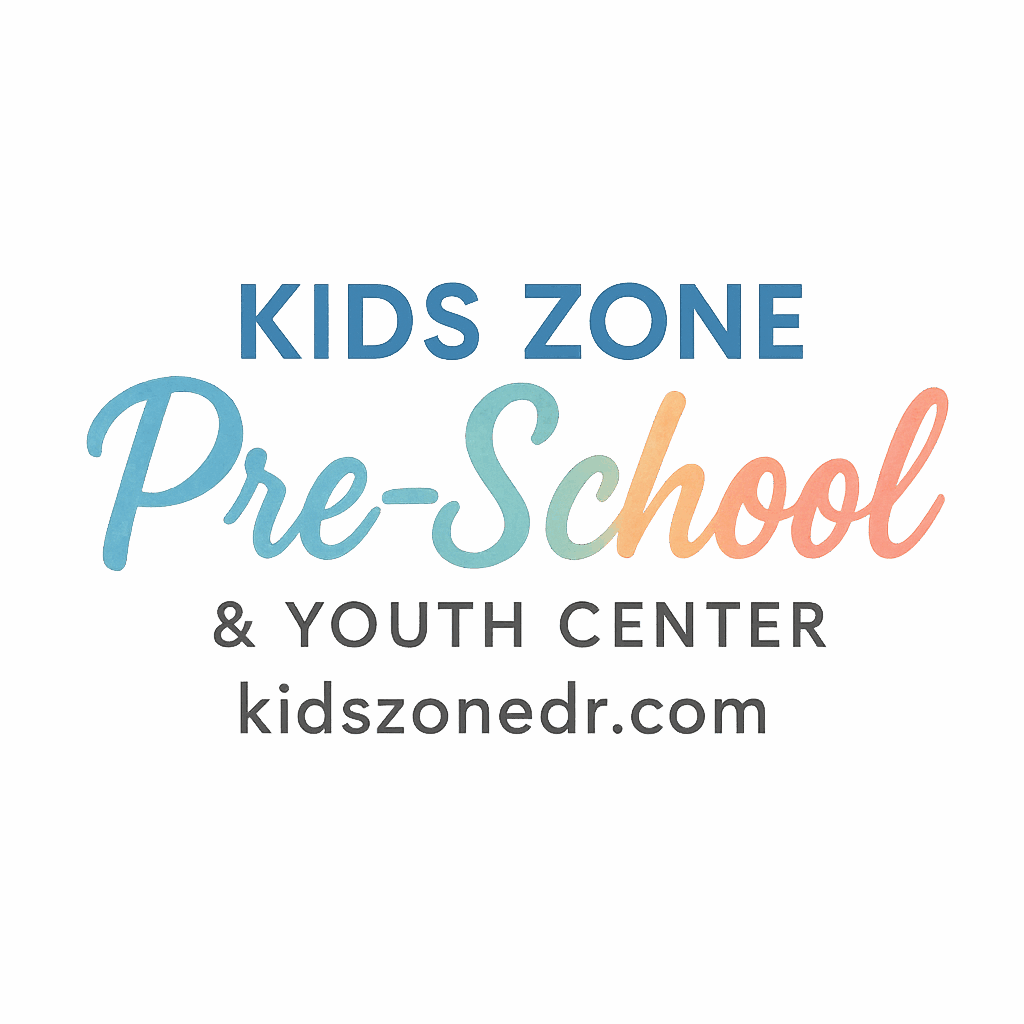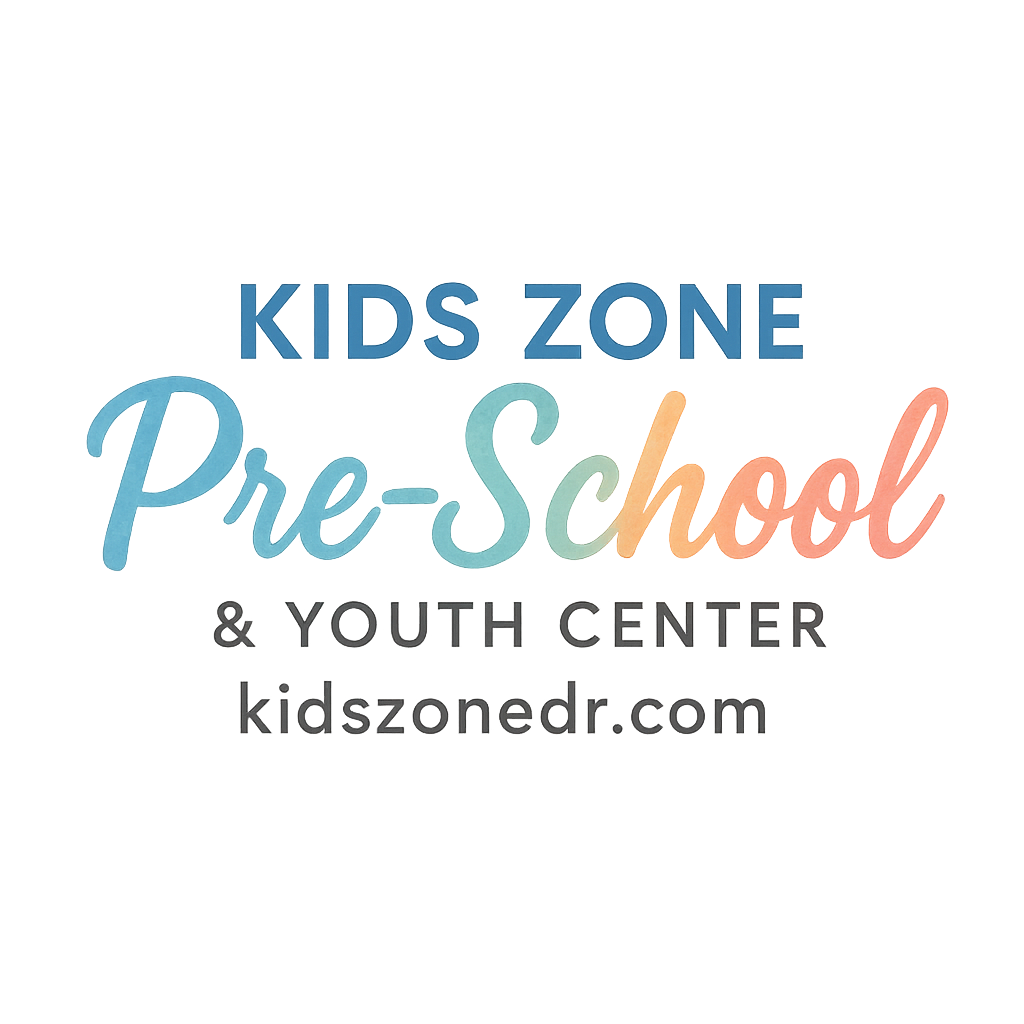Introduction: Why Outdoor Learning Matters
Let’s be honest—kids love being outdoors. Whether it’s running, climbing, or exploring, the outside world is their biggest classroom. For preschool and youth center programs, outdoor learning activities aren’t just about burning off energy. They play a huge role in shaping children’s growth, confidence, and learning in ways that indoor classrooms sometimes can’t.
This guide explores 11 outdoor learning activities designed for preschools and youth centers, while also covering the benefits, safety tips, and the important role parents and teachers play.
Benefits of Outdoor Learning for Preschoolers and Youth
Physical Development
Outdoor activities get kids moving. From running obstacle courses to lifting garden tools, children improve their gross and fine motor skills while staying active and healthy.
Cognitive Growth
Learning outside fuels curiosity. Observing insects, planting seeds, or building art from nature encourages problem-solving, experimentation, and early science skills.
Social and Emotional Skills
Group play teaches teamwork, sharing, and patience. Outdoor learning also boosts confidence as kids tackle challenges and try new things in a supportive environment.
👉 Related: Preschool Learning Development
Tips for Organizing Outdoor Learning Activities
Safety First
Always check the environment for hazards like sharp objects, toxic plants, or unsafe equipment. Following health & safety in preschool guidelines ensures children play in a secure setting.
Aligning Activities with Developmental Milestones
Not all kids grow at the same pace. Match activities to their age-appropriate milestones—simple tasks for preschoolers, and more structured games for older children.
Encouraging Curiosity and Exploration
Let kids ask questions, test ideas, and discover answers. Teachers should act as guides, not just instructors.
👉 Check out: Daily Routines & Activities
11 Outdoor Learning Activities for Preschool & Youth Centers
1. Nature Scavenger Hunt
Create a list of natural items—like leaves, sticks, or rocks—for kids to find.
Skills Gained
- Observation
- Critical thinking
- Teamwork
2. Gardening and Plant Care
Give children small plots to plant seeds, water them, and watch them grow.
Skills Gained
- Responsibility
- Patience
- Environmental awareness
👉 Related: Healthy Eating
3. Outdoor Storytime Under a Tree
Instead of reading indoors, take books outside. The natural backdrop enhances imagination.
Skills Gained
- Listening skills
- Imagination
- Language development
4. Water Play and Sensory Exploration
Buckets, cups, and sponges provide endless water experiments.
Skills Gained
- Problem-solving
- Sensory processing
- Creativity

5. Outdoor Art with Natural Materials
Sticks, leaves, and stones can become brushes, stamps, and patterns.
Skills Gained
- Fine motor skills
- Creative expression
- Collaboration
6. Obstacle Courses for Motor Skills
Set up cones, ropes, and tunnels to boost agility.
Skills Gained
- Balance and coordination
- Endurance
- Self-confidence
👉 Related: Confidence
7. Outdoor Music and Rhythm Games
Use sticks, stones, and drums to create rhythms.
Skills Gained
- Musical awareness
- Team play
- Self-expression
8. Bug and Animal Observation
Magnifying glasses make this activity extra fun.
Skills Gained
- Science exploration
- Patience
- Curiosity
👉 Related: Child Talk
9. Outdoor Science Experiments
Try sinking and floating objects, or watch shadows change during the day.
Skills Gained
- Experimentation
- Critical thinking
- Early STEM skills
10. Picnic Learning Circles
Combine mealtime with storytelling, singing, or sharing experiences.
Skills Gained
- Communication
- Social bonding
- Mindful eating
11. Team Sports and Group Games
Soccer, relay races, or parachute games bring kids together.
Skills Gained
- Cooperation
- Leadership
- Physical health
👉 Related: Preschool Routines
Role of Teachers and Parents in Outdoor Learning
Teacher Guidance
Teachers structure the activities, ensure safety, and weave learning goals into play.
Parent Involvement
Parents can volunteer, reinforce outdoor learning at home, and stay connected through parental guidance & involvement.
How Outdoor Learning Supports Preschool Routines
Outdoor play isn’t separate—it’s part of a balanced day. Activities can be slotted into the daily schedule to reinforce learning habits.
Best Practices for Youth Centers
Creating Structure Outdoors
Plan a clear routine so children know what to expect—play, explore, then reflect.
Balancing Fun and Education
Mix free play with guided activities to maximize growth and engagement.
Conclusion
Outdoor learning is more than playtime—it’s an essential part of childhood development. With activities like scavenger hunts, gardening, and group games, children gain physical strength, social confidence, and cognitive skills. For preschools and youth centers, blending structured outdoor lessons with fun ensures that every child thrives.
👉 Dive deeper into resources at KidsZoneDR.
FAQs
1. Why is outdoor learning important in preschool?
It supports growth in motor skills, curiosity, and social development while encouraging healthy habits.
2. How can parents support outdoor learning?
By joining activities, reinforcing lessons at home, and volunteering in youth programs.
3. Are outdoor activities safe for preschoolers?
Yes, when planned with proper health & safety measures in place.
4. What are some quick outdoor activities for short preschool breaks?
Mini scavenger hunts, shadow games, or circle songs under a tree.
5. How do outdoor activities help with learning milestones?
They connect physical, social, and cognitive growth in real-world settings.
6. Can outdoor learning improve confidence?
Absolutely—children gain confidence when they master challenges and explore independently.
7. What role do routines play in outdoor learning?
Consistent routines help children feel secure while exploring new environments.


